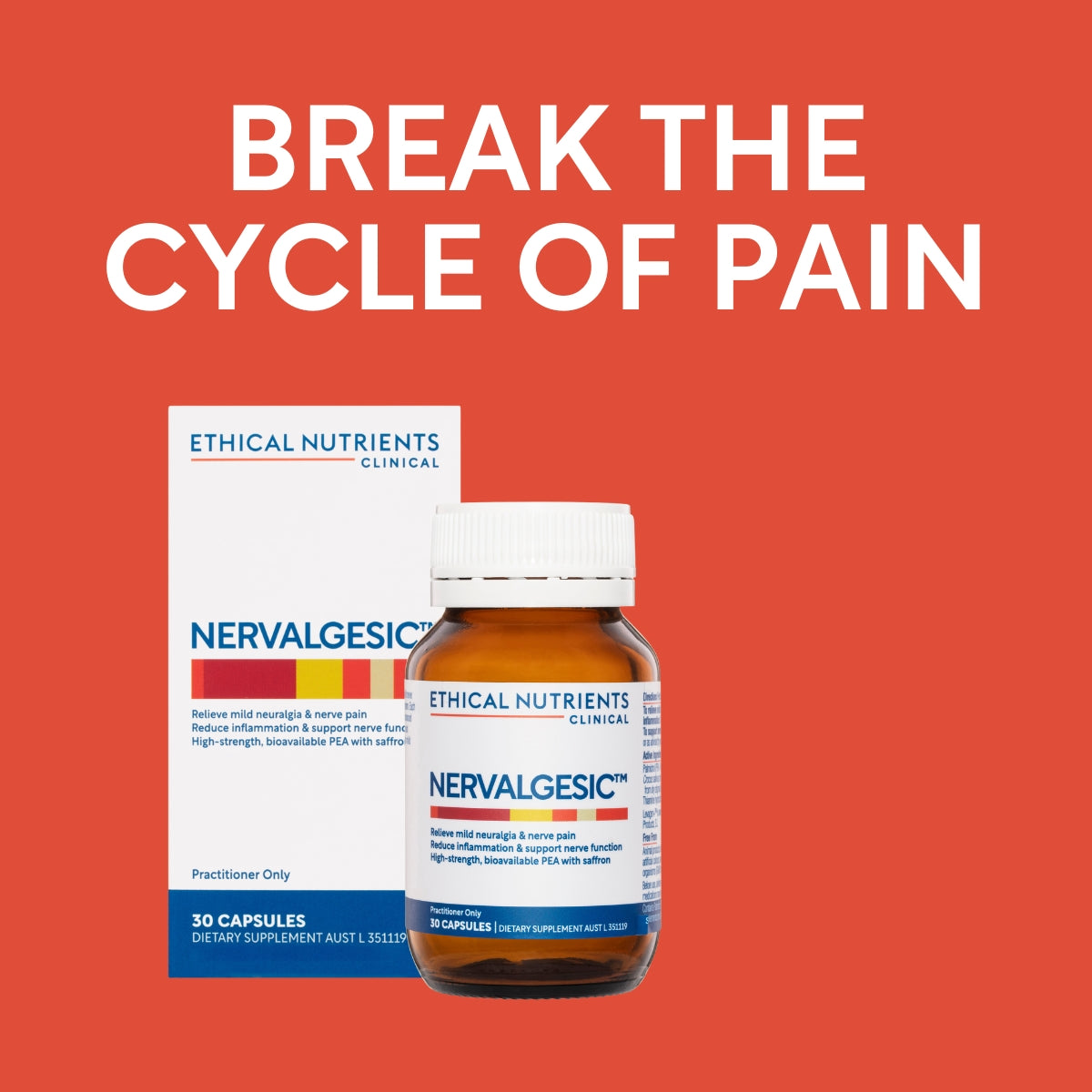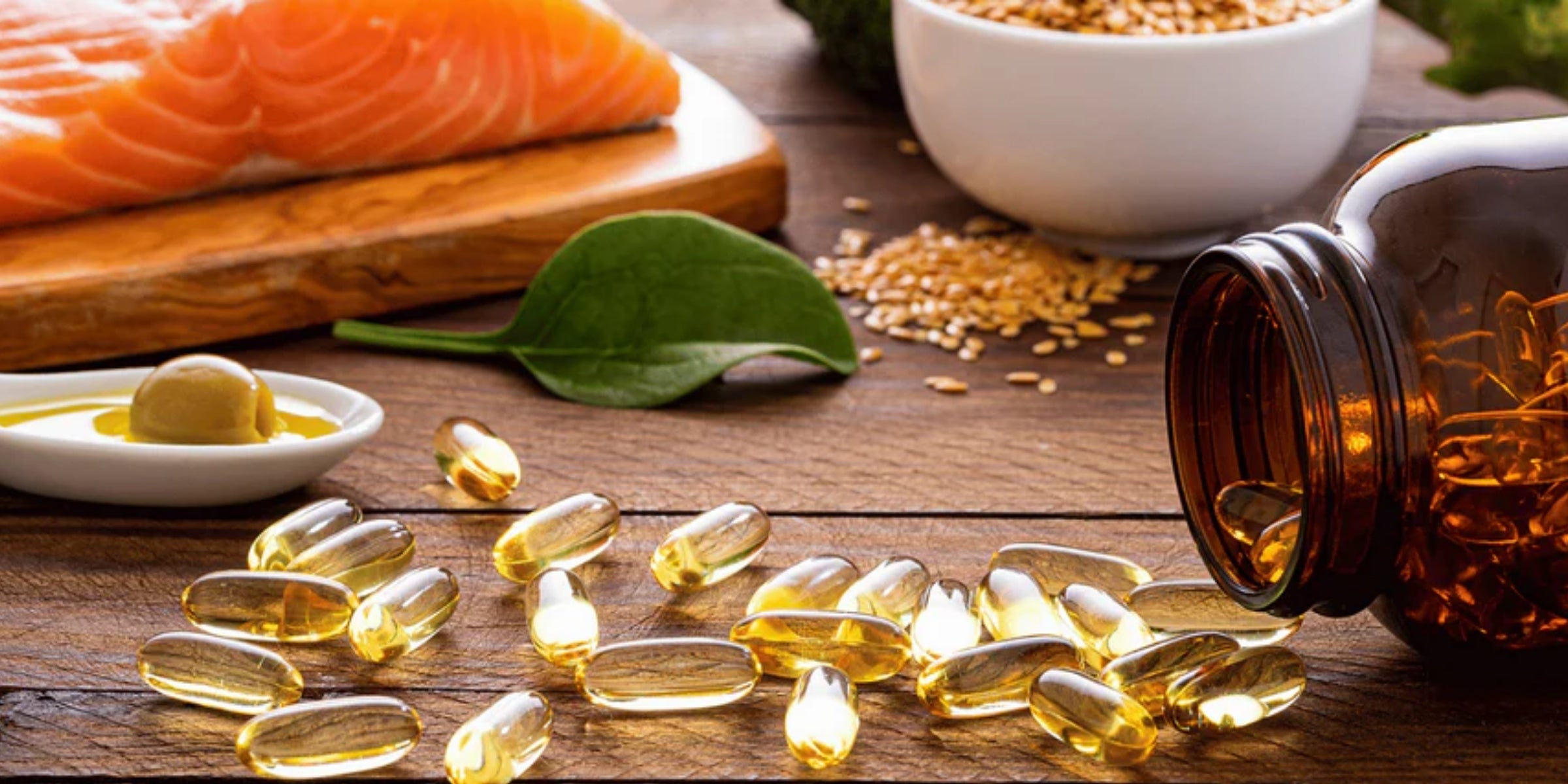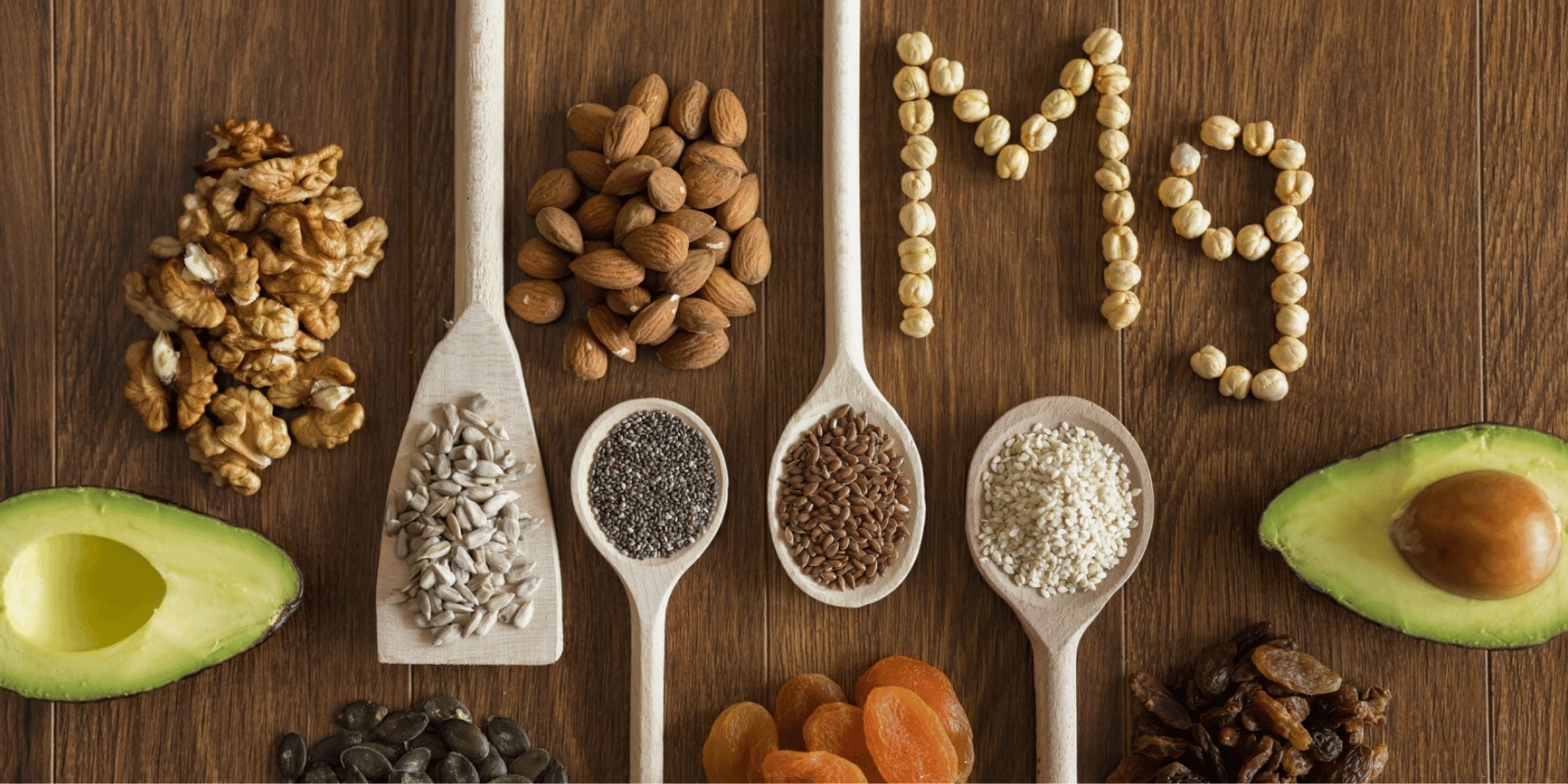When pain strikes, it can be difficult to think about anything clearly, let alone identify options for managing the pain effectively. Well, we’ve taken the pain out of pain management with 5 ways to help manage pain naturally.
1. Focus on Movement
Movement is important for managing many types of pain, but it can be difficult to engage in your regular exercises when struggling with pain. Below are some suggested lower-intensity forms of movement that may be more manageable when you’re in pain. Before starting a new exercise program, consult your healthcare professional to assess suitability for you and your health needs.
- Swimming or other water-based activities. The buoyancy of water helps to alleviate your bones, joints and muscles from the weight of your body and hence allow you to move more freely.
- Walking or other slower forms of movement. While there is a movement to reach 10,000 steps per day, this may be unattainable when you’re in pain. Starting small by simply choosing to walk to the end of the driveway, or end of the block is better than sitting all day.
- Dancing is a great way to get your body moving and ca also be incredibly fun. Whether you put on your favourite music and dance a little in your living room or get out and about with some friends or family, dancing can be beneficial. The great thing about dancing is that it can be done at your pace of choice.
2. Manage Stress
Heightened stress levels add to physical tension & mental strain in the body. Avoid unnecessary stress where possible & try to switch off with relaxation activities you enjoy. This may be by engaging in meditation, spending some time outside in the sun, exploring a new craft, or reading your favourite book. Read our why self care isn’t selfish blog for some tips on how you can love yourself into managing your stress levels.
3. Eat Nutritiously
Some foods and ingredients have analgesic and anti-inflammatory benefits. Below is a short list of foods that may be beneficial for pain.
- Turmeric – this spice is often used in Indian cooking and has become popular in recent years in lattes. It contains curcumin, which is a powerful anti-inflammatory.
- Berries (strawberries, blueberries, raspberries & blackberries) – these contain antioxidants with have anti-inflammatory effects.
- Mushrooms (shiitake, truffles & portobello) – these also contain antioxidants which have anti-inflammatory benefits.
- Green Tea – this drink contains EGCG which provides antioxidant and anti-inflammatory properties.
- Oily fish (salmon, sardines, anchovies, mackerel & herring) – All fish contain omega-3, with fatty fish being a particularly good source of these anti-inflammatory oils.
4. Get Optimal Sleep
Sleep is the only time your body gets to fully recharge and repair. Research shows that there is a link between pain scores and sleep, further demonstrating the need for sufficient sleep. While adequate sleep varies from person to person, the general guideline for adults is 6-8 hours of quality, uninterrupted sleep per night. Unfortunately, pain and sleep often have a two-way relationship, so using some of the other tips for managing pain, may in turn have a positive impact on your sleep, which may positively impact your pain and so on.
5. Build Your Support Network
Pain is complex and can often feel near impossible to manage when you’re struggling with it daily. Thankfully, there is a host of free online resources for pain sufferers. We also suggest building a network of trusted healthcare professionals to help you manage your pain levels. Below is a list of healthcare providers to consider for supporting you with managing pain.
- Pharmacist - your local trusted Pharmacist is a great free resource to help you in managing your pain symptoms and can offer additional information on the latest in pain management therapies.
- General Practitioner - offer support with adjunct therapies, medications and can also provide referrals to specialised healthcare professionals (ie. Pain specialists, physiotherapists, chiropractors and mental healthcare providers).
- Pain Specialist (Clinician) – offer a wealth of knowledge on pain management options and have a great network of additional resources you can draw from.
- Physiotherapist - to help with muscular pains, rehabilitation after injury and other physical impacts of pain.
- Chiropractor - to help with musculoskeletal challenges and other physical impacts of pain.
- Mental Health Care Provider (therapist, counsellor, psychologist, etc) - to help with the associated mental health challenges faced by people suffering pain.
Coupled with complementary medicines, these lifestyle adjustments can help improve pain significantly. If you’re looking for specific relief from mild nerve pain & neuralgia, consider adding Nervalgesic to your pain management kit. If you struggle with muscular pains along with your mild nerve pain, then Nervalgesic Muscle could also be beneficial. Both Nervalgesic products are formulated with PEA, a natural ingredient that has clinically researched benefits for reliving nerve pain and associated inflammation. Consult your healthcare professional to understand whether Nervalgesic or Nervalgesic Muscle is right for you.






